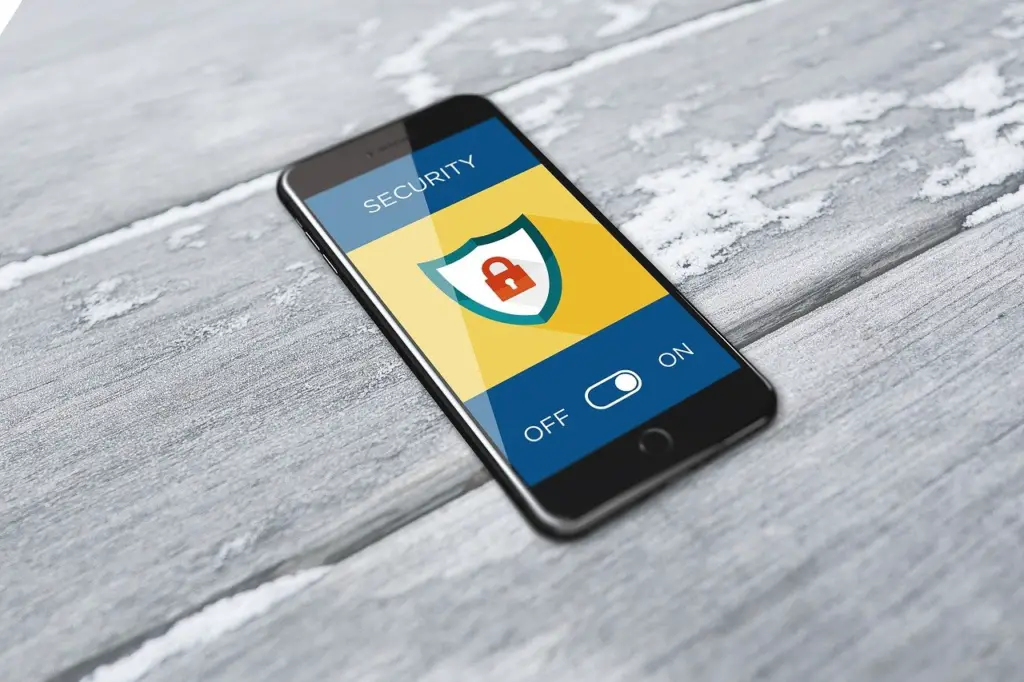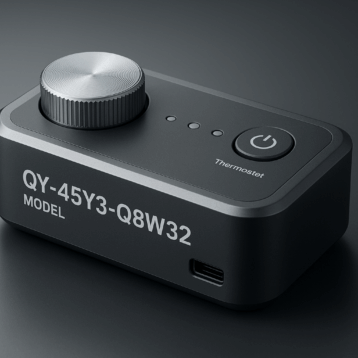
With business moving increasingly online, cybersecurity is becoming more critical than ever before. A lot of cybersecurity information is geared towards helping enterprises, and the average small business owner can feel left out. Most data breaches highlight attacks on large organizations, and it’s easy to think that a small business isn’t on an attacker’s target list.
Unfortunately, the numbers paint a different picture. A study conducted by IBM and the Ponemon Institute indicates that the average cost of an insider data breach for an SMB amounts to $7.68 million. With numbers this large, you cannot afford to ignore cybersecurity. Here are 6 common attack techniques along with the best ways of securing yourself from them.
1. Compromised Credentials
Passwords are an intuitive way of securing a system, but they also represent a single point of failure. All an attacker needs to compromise your system and steal data is a single password. Repeatedly prompting your employees to change their password doesn’t always help either. Most people reuse old passwords or create them according to a pattern. As a result, merely an illusion of security is created.
The first step to take is to mandate multi-factor authentication. You must require two forms of verification, such as a password and a one-time code, or a one time code paired with a key stored on a particular device. As long as passwords exist, your system will be vulnerable. Consider adopting a strategy such as FIDO protocols that don’t rely on passwords.
2. Network Misconfiguration
A common reason for security breaches is network misconfiguration. These are created due to security solutions being patched on top of one another without a coherent strategy being installed. These days, the use of cloud infrastructure is prevalent, and this increases the potential for misconfigurations.
Developers unfamiliar with the cloud provider’s protocols might inadvertently open your network to attackers. The best way to avoid any potential misconfiguration is to conduct a thorough audit of your cybersecurity practices and evaluate all the tools you’re using regularly.
3. Malware
Malware can infect your system in different ways. Viruses, trojans, and ransomware are just a few examples of how small businesses can be attacked. The first step to take is to install robust anti-malware software and train your employees to recognize common malware entry points.
Email attachments and corrupted files on USB storage are some of the most widely used ways of entering a network. Malware can also enter your network through improper employee behavior. For example, logging into an unsecured network and downloading files onto their local machine.
This is why employee education and behavior modification is important. Cybersecurity has to become a part of your business culture and not just a buzzword for your employees. Conduct regular drills that simulate a cyberattack, and your employees will begin to grasp the importance of keeping your data safe as they go about their jobs.
4. Malicious Insiders
A malicious insider is one of the most threatening situations for your cybersecurity. Insiders have access to all of your network, and it can be hard to stop these attacks before they wreak havoc on your company. The best way to stop an insider attack is to adopt continuous monitoring practices.
Continuous monitoring can be carried out by a security validation platform that constantly scans and monitors your network for usage patterns. These platforms form baseline behavioral models and can quickly detect anomalous patterns in network usage. Once triggered, these platforms will instantly limit access to users who engage in this kind of behavior and alert designated people in charge.
5. Third-Party Risk
These days your vendors’ cybersecurity practices are almost as important as your own. Files exchanged during the normal course of business can be corrupted. Even worse, if your vendors’ network isn’t fully secured, attackers can use it to infiltrate your network.
You can secure yourself by clearly defining your network’s boundaries and auditing who has access to it. If you allow your vendors to log in through a portal, review your security framework to mitigate any risk. For instance, you can require them to log in through a VPN or secure network to insulate yourself from any local malware they might be carrying.
Define cybersecurity expectations and set standards that your vendors need to follow when they access your network. It’s also a good idea to educate them about security best practices and work with them as a team, instead of trying to impose seemingly arbitrary conditions on them.
6. Poor Encryption
The lack of proper encryption is an increasingly dangerous threat that most small businesses aren’t aware of. Legacy encryption protocols don’t cut it anymore. You need to review your encryption protocols and define standards for data at rest and data in motion. It’s best to encrypt data right from its source instead of encrypting it only when it enters your system.
Conduct a thorough audit of your encryption practices and shore up any weaknesses.
A Necessity for Business
Cybersecurity is now just as important as your regular business process. In the past, it was treated as an add-on, but those days have long since passed. Review your security protocols regularly and install the right processes to secure yourself.










